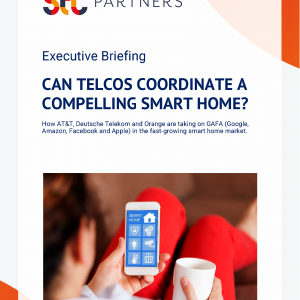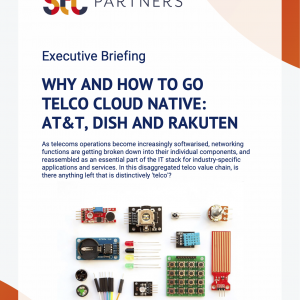The Internet of Things: Impact on M2M, where it’s going, and what to do about it?
£1,000.00 excl VAT
A high-level analysis of the M2M market, including the strategies of Vodafone, AT&T and Telefonica, and the impact that the Internet of Things and new entrants such as Google and others will have with new business models. What are the implications for operators, and where is it all leading?
Description
Format: PDF filePages: 24 pagesCharts: 12Author: STL research teamPublication Date: March 2015
Table of Contents
- Executive Summary
- Introduction
- From RFID in the supply chain to M2M today
- From M2M to the Internet of Things?
- M2M Today: Geographies, Verticals and New Business Models
- Headline: M2M is now an important growth area for MNOs
- In-depth: M2M is being driven by specific geographies and verticals
- New Business Models: Value network innovation and new service offerings
- The Emerging IoT: Outsiders are raising the opportunity stakes
- The business models and profitability potentials of M2M and IoT are radically different
- IoT shifts the focus from devices and connectivity to data and its use in applications
- New service opportunities drive IoT value chain innovation
- New entrants recognise the IoT-M2M distinction
- IoT is not the end-game
- ‘Digital’ and IoT convergence will drive further innovation and new business models
- Implications for Operators
- About STL Partners and Telco 2.0: Change the Game
- About More With Mobile
Table of Figures
- Figure 1: Historical analyst forecasts of annual M2M module shipment volumes
- Figure 2: Ericsson’s Promise: 50 billion connected ‘things’ by 2020
- Figure 3: Selected leading service providers by cellular M2M connections, Q4 2013
- Figure 4: Vodafone Group enterprise revenues, implied forecast, FY 2012-18
- Figure 5: M2M market penetration vs. growth by geographic region
- Figure 6: Vodafone Group organisational chart highlighting Telco 2.0 activity areas
- Figure 7: Vodafone’s central M2M unit is structured across five areas
- Figure 8: The M2M Value Chain
- Figure 9: ‘New entrant’ investments outstripped those of M2M incumbents in 2014
- Figure 10: Characterising the difference between M2M and IoT across six domains
- Figure 11: New business models to enable cross-silo IoT services
- Figure 12: ‘Digital’ and IoT convergence
Technologies and industry terms referenced include: Application Enablement Platform, AT&T Digital Life, Axeda, B2B2x, China Mobile, Connected device, Connected Device Platform, digital services, Ericsson, google, Internet of Things, IoT, Jasper, Kore, M2M, M2M MVNO, Machine-to-machine communication, Nest, Organising model, PTC, RFID, Samsung, Short-range networking, Singtel, Sprint, Sprint Velocity, Telefonica, Telefonica Digital, Verizon, Vodafone, Vodafone Group Enterprise, Wyless, Zigbee


